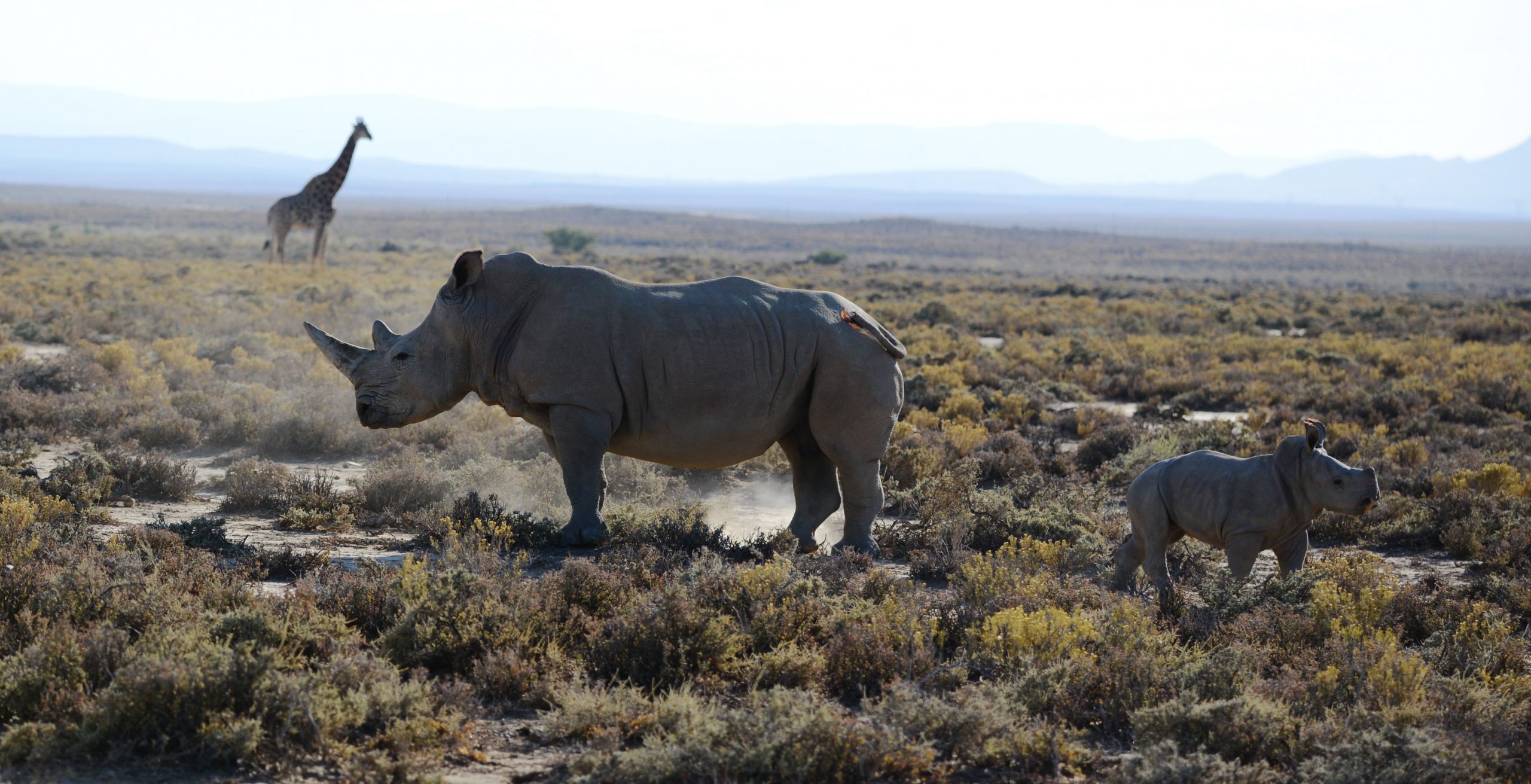News
Scientists propose new species extinction target

News | Jun 2020
A new paper suggests that the upcoming future strategy for conserving biodiversity should include a prominent target to lower extinction rates.
The paper published today in Science proposes a long-term goal to reduce species extinctions towards natural rates, with an objective of fewer than 20 extinctions a year.
Biodiversity loss has continued unabated at an alarming rate, and action to deliver on the global agreements in place - the Aichi Biodiversity Targets - has been insufficient. Therefore, strong science-based action is needed, driven the paper argues through the recognition of a prominent biodiversity target, comparable to that of the 2-degree climate target.
The proposed target – fewer than 20 extinctions a year - would apply to all described species across the major taxonomic groups (fungi, plants, invertebrates and vertebrates) and ecosystem types, whether freshwater, marine or terrestrial.
This is proposed as a prominent target for the post-2020 Global Biodiversity Framework - a new plan for nature to include targets for the next ten years which is expected to be adopted by the Conference of the Parties to the Convention on Biological Diversity (CBD) when it meets in 2021.
In 2010, the CBD set out a strategic plan for nature which included the Aichi Biodiversity targets: 20 time-bound, measurable targets to be met by 2020. Of these, only four have shown good progress whilst those related to the state of nature, show significantly worsening trends.
Much of the failure to make progress on existing biodiversity goals and targets can be attributed to a lack of mainstreaming of biodiversity in public and private policy, and limitations in recognizing the relevance of biodiversity loss for politicians, the private sector and the public.
This paper suggests that it is essential that the next set of goals and targets include a strong focus on required outcomes for biodiversity, and be accompanied by a strengthened accountability mechanism, if we are to ensure progress.
The COVID-19 pandemic reminds us of the critical balance between nature and people. The post-2020 stage has become vital to define an agenda which offers solutions to biodiversity loss.
Dr Michael Harfoot, Senior Economic Modelling Scientist, UN Environment Programme World Conservation Monitoring Centre (UNEP-WCMC), said:
“The next decade is a crucial window for reversing biodiversity loss and finding a better balance between people and nature. A new species extinction target which is widely relatable could focus international policy efforts on achieving the positive outcomes we need to tackle the global nature crisis.”
With the irreplaceable loss of a species being simple to assess and communicate, the authors propose that having this scientifically defensible prominent target will help to galvanise both policy and public support for nature, as well as continuing to support the overall goals of the CBD.
‘A target based on species extinctions for biodiversity policy’ is written by experts from Karlsruhe Institute of Technology, University of Edinburgh, UNEP-WCMC, the UK Centre for Ecology & Hydrology, University College London and the RSPB.
Read the paper here.
Have a query?
Contact us
communications@unep-wcmc.org
